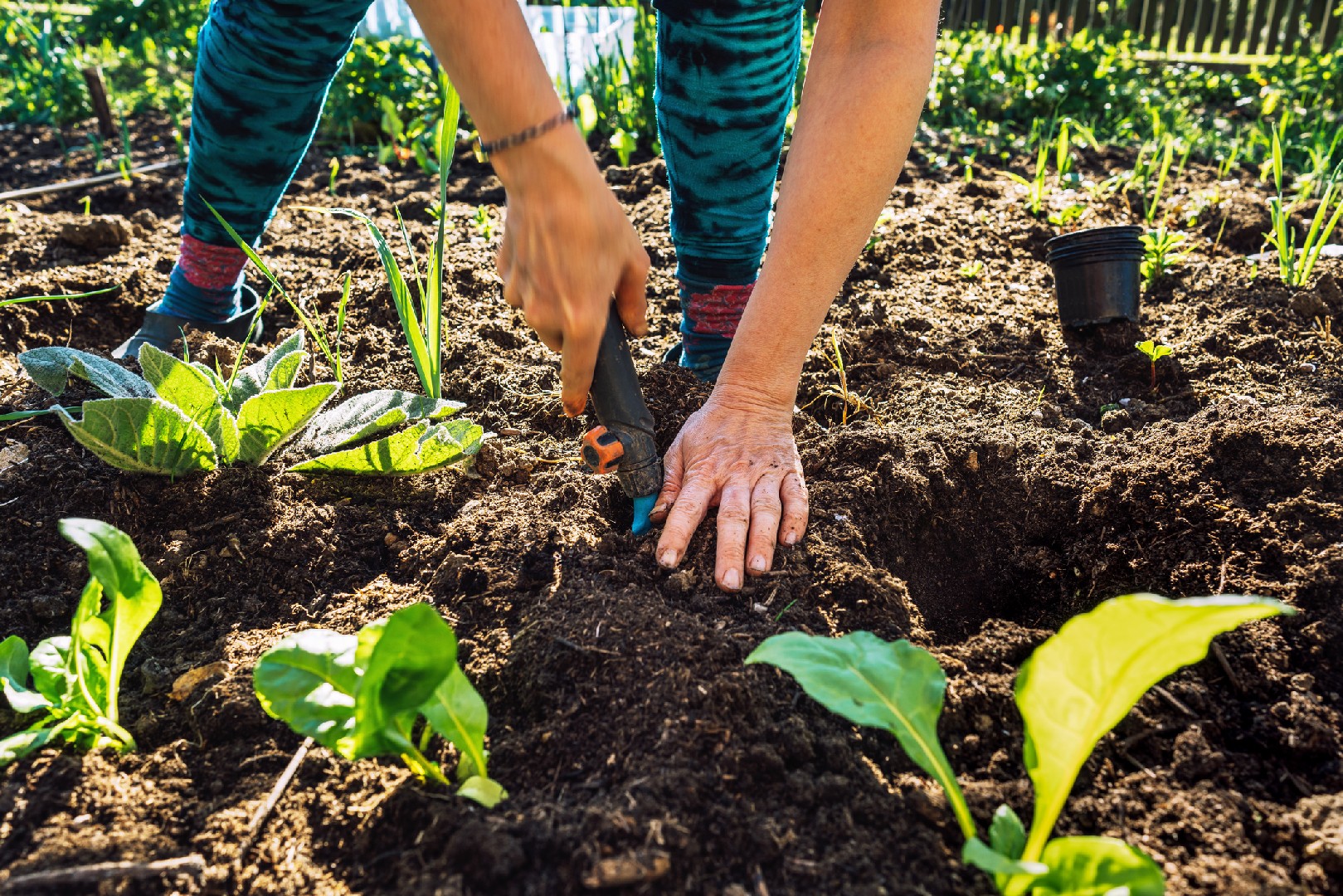![Rectangle]()
Maintaining Soil Health for a Long-lasting Organic Garden
One of the key factors for a thriving organic garden is maintaining the health of the soil. By implementing a few simple methods and practices, you can ensure that your soil remains fertile and productive for years to come.
One of the most effective ways to refresh your soil is through crop rotation. Crop rotation involves the practice of growing different types of plants in different areas of your garden each year. This helps to prevent the buildup of pests and diseases specific to certain plants and improves the overall health of the soil. For example, if you have grown tomatoes in one area this year, consider planting beans or lettuce in that area the following year. This will help break the pest and disease cycle and replenish the nutrients in the soil.
Another method to enhance soil health is through the use of cover cropping. Cover crops are plants that are grown specifically to protect and improve the soil. They are usually planted during off-seasons or when your main crops have finished growing. Some common cover crops include legumes like clover or vetch, which can fix nitrogen into the soil, and grasses like rye or oats, which help prevent erosion. By incorporating cover crops into your garden, you can reduce soil erosion, suppress weeds, and add organic matter to the soil.
Green manuring is another technique that can help maintain soil health. Green manures are crops that are grown and then tilled back into the soil to improve its fertility. Some popular green manure crops include alfalfa, buckwheat, and winter rye. These crops help add organic matter, improve soil structure, and increase nutrient availability for your main crops. Green manuring also helps to stimulate beneficial soil microorganisms, which play a crucial role in nutrient cycling.
In addition to these soil refreshing methods, organic methods of soil fertility maintenance are equally important. Composting is a great way to recycle organic materials and enrich your soil. By composting kitchen scraps, yard waste, and other organic matter, you can create a nutrient-rich soil amendment that improves soil structure and fertility. Vermicomposting, which involves the use of worms to break down organic waste, is another effective method for creating nutrient-rich compost.
To address the challenges in soil maintenance, it's essential to keep a few things in mind. First, regular soil testing can help you understand the nutrient levels and pH of your soil, allowing you to make informed decisions about fertilization. Secondly, avoiding the use of synthetic fertilizers and pesticides is crucial, as these can harm beneficial soil organisms and disturb the natural balance of the soil. Instead, opt for natural fertilizers like compost, manure, or bone meal, which provide slow-release nutrients and improve soil health over time.
In conclusion, maintaining soil health is vital for a long-lasting organic garden. By implementing practices such as crop rotation, cover cropping, and green manuring, you can refresh and rejuvenate your soil, resulting in healthier and more productive plants. Additionally, using organic methods of soil fertility maintenance, such as composting and vermicomposting, can further enhance the nutrient content and structure of your soil. Remember to regularly test your soil, avoid synthetic fertilizers and pesticides, and opt for natural alternatives to ensure the long-term health of your organic garden?





